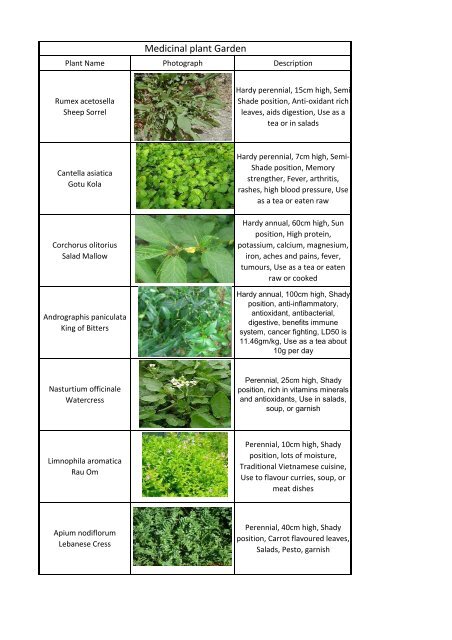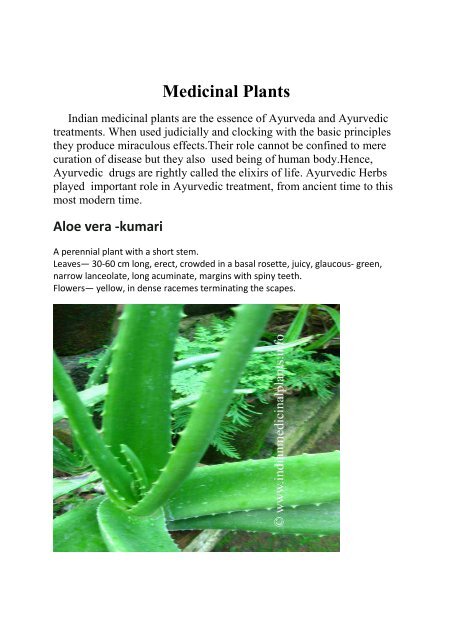Plant products generally for medicinal purposes, of is noni plant. Noni pace (Morinda citrifolia L.) fruit juice extracted aqueous methanol solvents, .
 However, the technological advances food pharmacy, with change eating habits, practice consuming healing herbs left aside.Today want rescue and, you to more, compendium books medicinal plants PDF format, come handy. preparation consumption different plants alleviate ailments a old tradition .
However, the technological advances food pharmacy, with change eating habits, practice consuming healing herbs left aside.Today want rescue and, you to more, compendium books medicinal plants PDF format, come handy. preparation consumption different plants alleviate ailments a old tradition .
 medicinal plants. Medicinal plants naturally synthesize accumulate secondary metabolites, alkaloids, sterols, terpenes, flavonoids, saponins, glycosides, cyanogeniCS, tannins, resins. lactones, quinines, volatile Oils etc. medicinal plants been for treatment illnesses diseases, the dawn time.
medicinal plants. Medicinal plants naturally synthesize accumulate secondary metabolites, alkaloids, sterols, terpenes, flavonoids, saponins, glycosides, cyanogeniCS, tannins, resins. lactones, quinines, volatile Oils etc. medicinal plants been for treatment illnesses diseases, the dawn time.
 Of over 2.5 lakh higher plant 1/3 medicinal products related over 20,000 plants marketed medicines cosmetics. 90% marked plant drugs from wild resources and
Of over 2.5 lakh higher plant 1/3 medicinal products related over 20,000 plants marketed medicines cosmetics. 90% marked plant drugs from wild resources and
Tall Indoor Plant Long Leaves
Best Plants For Bathroom Australia
Non Toxic Plants For Dogs Low Light
Small Indoor Plant Uplighters
 efficacy safety. Medicinal plants widely in non-industrialized societies because are readily and cheaper modern medicines. Keywords Economic plants, Essential oil, Native origins. 1. Introduction Medicinal plants various plants in herbalism thought some have medicinal properties. .
efficacy safety. Medicinal plants widely in non-industrialized societies because are readily and cheaper modern medicines. Keywords Economic plants, Essential oil, Native origins. 1. Introduction Medicinal plants various plants in herbalism thought some have medicinal properties. .
 1993). Medicinal Plant Specialist Group founded 2004 the IUCN also important actor raise awareness the threats these plants the importance their conservation (Leaman 2020). Medicinal plants, with aromatic species NWFP, benefit well a growing recognition their socio-economical .
1993). Medicinal Plant Specialist Group founded 2004 the IUCN also important actor raise awareness the threats these plants the importance their conservation (Leaman 2020). Medicinal plants, with aromatic species NWFP, benefit well a growing recognition their socio-economical .
 classification medicinal aromatic plants. Anise, dill, coriander, thyme, etc. equally as medicinal, spice essential oil crops. Thus, frequently plants simply referred as medicinal plants, disregarding specific features. recently, term "Medicinal Aromatic Plants" (MAPs) been in a
classification medicinal aromatic plants. Anise, dill, coriander, thyme, etc. equally as medicinal, spice essential oil crops. Thus, frequently plants simply referred as medicinal plants, disregarding specific features. recently, term "Medicinal Aromatic Plants" (MAPs) been in a
 planting tulsi other medicinal plants their backyard gardens [4]. Medicinal plants thought be rich source components can utilised make pharmacopoeia, non-pharmacopoeial, synthetic medications. from that, plants played important role the evolution human cultures across world.
planting tulsi other medicinal plants their backyard gardens [4]. Medicinal plants thought be rich source components can utilised make pharmacopoeia, non-pharmacopoeial, synthetic medications. from that, plants played important role the evolution human cultures across world.
 Medicinal plants resources new drugs many the modern medicines produced indirectly plants. REFERENCES 1. WHO, (1998). Regulatory situation herbal medicines. worldwide review. Pp 1-5. Geneva, Switzerland. 2. Fakim, A.G. (2006) Medicinal plants: Traditions yesterday drugs
Medicinal plants resources new drugs many the modern medicines produced indirectly plants. REFERENCES 1. WHO, (1998). Regulatory situation herbal medicines. worldwide review. Pp 1-5. Geneva, Switzerland. 2. Fakim, A.G. (2006) Medicinal plants: Traditions yesterday drugs
 The history medicinal plant utilization therapeutic purposes dates to antiquity. Medicinal plants form mainstay herbal drugs. plants been integral part the ancient traditional medicine systems, e.g. Chinese, Egyptian Ayurvedic (Sarker Nahar 2007). Medicinal plant products have
The history medicinal plant utilization therapeutic purposes dates to antiquity. Medicinal plants form mainstay herbal drugs. plants been integral part the ancient traditional medicine systems, e.g. Chinese, Egyptian Ayurvedic (Sarker Nahar 2007). Medicinal plant products have
 Pdf download - Indian Medicinal Plants
Pdf download - Indian Medicinal Plants
 However, the technological advances food pharmacy, with change eating habits, practice consuming healing herbs left aside.Today want rescue and, you to more, compendium books medicinal plants PDF format, come handy. preparation consumption different plants alleviate ailments a old tradition .
However, the technological advances food pharmacy, with change eating habits, practice consuming healing herbs left aside.Today want rescue and, you to more, compendium books medicinal plants PDF format, come handy. preparation consumption different plants alleviate ailments a old tradition .



 classification medicinal aromatic plants. Anise, dill, coriander, thyme, etc. equally as medicinal, spice essential oil crops. Thus, frequently plants simply referred as medicinal plants, disregarding specific features. recently, term "Medicinal Aromatic Plants" (MAPs) been in a
classification medicinal aromatic plants. Anise, dill, coriander, thyme, etc. equally as medicinal, spice essential oil crops. Thus, frequently plants simply referred as medicinal plants, disregarding specific features. recently, term "Medicinal Aromatic Plants" (MAPs) been in a planting tulsi other medicinal plants their backyard gardens [4]. Medicinal plants thought be rich source components can utilised make pharmacopoeia, non-pharmacopoeial, synthetic medications. from that, plants played important role the evolution human cultures across world.
planting tulsi other medicinal plants their backyard gardens [4]. Medicinal plants thought be rich source components can utilised make pharmacopoeia, non-pharmacopoeial, synthetic medications. from that, plants played important role the evolution human cultures across world.
 The history medicinal plant utilization therapeutic purposes dates to antiquity. Medicinal plants form mainstay herbal drugs. plants been integral part the ancient traditional medicine systems, e.g. Chinese, Egyptian Ayurvedic (Sarker Nahar 2007). Medicinal plant products have
The history medicinal plant utilization therapeutic purposes dates to antiquity. Medicinal plants form mainstay herbal drugs. plants been integral part the ancient traditional medicine systems, e.g. Chinese, Egyptian Ayurvedic (Sarker Nahar 2007). Medicinal plant products have Pdf download - Indian Medicinal Plants
Pdf download - Indian Medicinal Plants
